Early Verdict
With a larger display to let you see more of whatever you might be reading, an even lighter design, faster performance that offers a reassuring sense of future-proofing, and the same excellent battery life, there is a lot to like here.
Pros
- +
Bigger screen still in a thin and light build with longer battery life
- +
Raspberry and Jade are fantastic colors
- +
A new display stack makes for easier-to-read text and faster page turns
Cons
- –
Not a massive change from the previous generation
Why you can trust TechRadar
We spend hours testing every product or service we review, so you can be sure you’re buying the best. Find out more about how we test.
-
Pricing and Availability
-
One Minute Review
The Kindle e-reader was the original ‘Amazon device,’ and the heart of its e-reading lineup has long been the Paperwhite. So much so that Panos Panay, Amazon’s head of devices, described it as the “most loved Kindle” and the one that, as he admitted, owners with the current or previous-gen models are hesitant to upgrade.
That reluctance notwithstanding, Amazon has set out to make the best Paperwhite yet, with the all-new Kindle Paperwhite and more premium Kindle Paperwhite Signature. There are a lot of similarities between the two – both are thinner, lighter, and faster than the previous Paperwhite, with a better, larger 7-inch display that’s designed to be easily readable in any conditions.
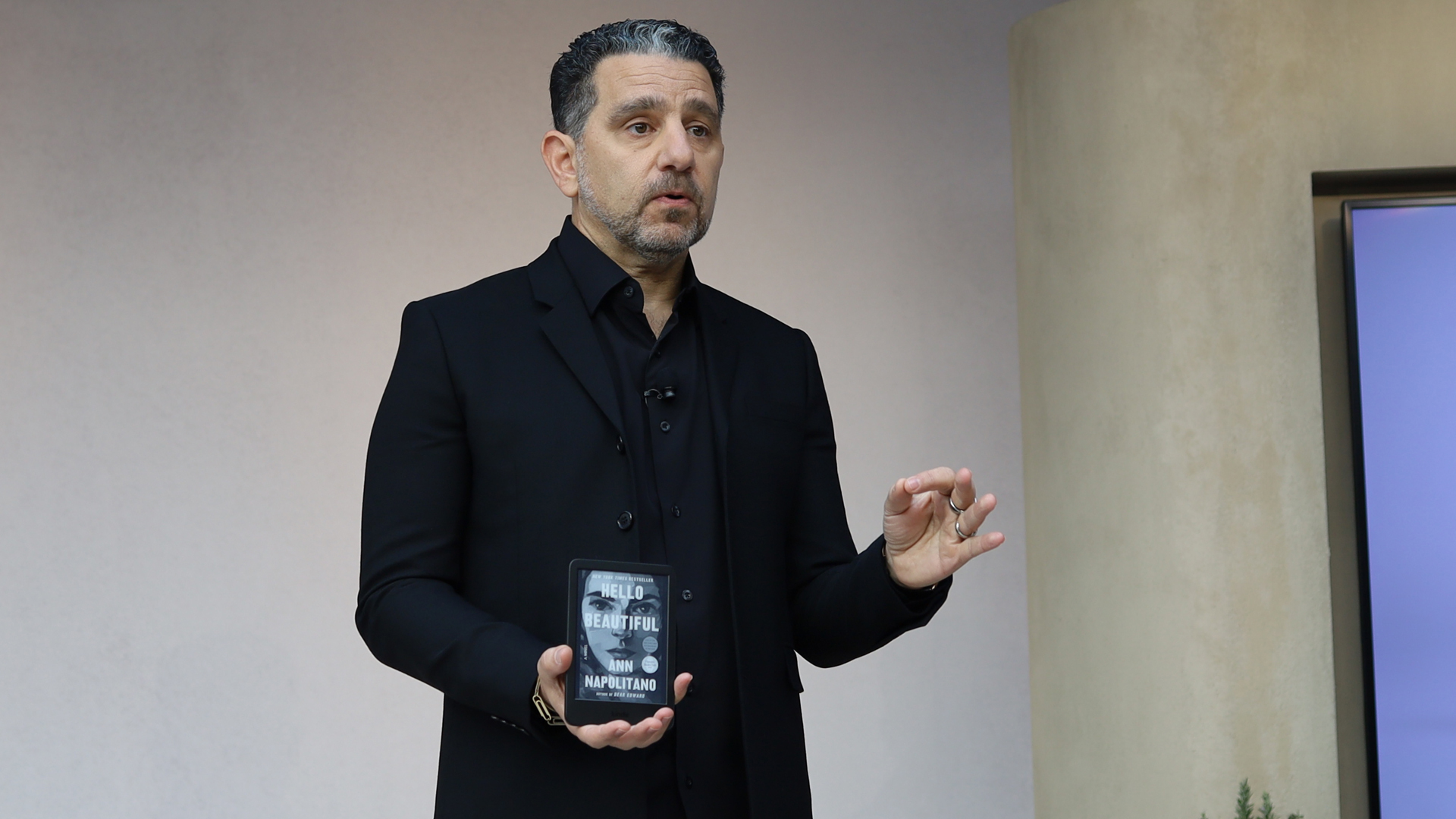
It’s still only black-and-white, though – you’ll need to opt for the new Kindle Colorsoft if you want a color display for comics and the like – and is only for reading – get a Kindle Scribe, or maybe a Remarkable, if you want to write.
The new Paperwhite’s colors are fantastic, and Raspberry is certainly my favorite. While I haven’t read a book on it yet, I got to spend some time with the Signature Edition at Amazon’s hands-on launch event. So, let’s talk through the new Kindle Paperwhite Signature Edition.
https://www.tiktok.com/@techradar/video/7426407076366273824
Pricing and Availability
If you’re a Kindle lover, here’s some good news – the new Paperwhite and Paperwhite Signature Edition are shipping now. The Kindle Paperwhite costs $159.99 / £159.99 (we’re waiting for Australian pricing to be confirmed) and comes in a matte, soft-touch Raspberry, Jade (a green), or Black.
The Kindle Paperwhite Signature Edition costs a bit more at $199.99 / £199.99 (again, we’re waiting for Australian pricing to be confirmed) and comes in metallic variants of those same three colors – aptly named Metallic Raspberry, Metallic Jade, and Metallic Black, which have some extra sparkle thanks to aluminum flakes being sprinkled in. That extra spend also doubles the storage to 32GB, and adds wireless charging capabilities and an auto-adjusting light sensor.
Both are shipping now, and Amazon has also debuted a bunch of new cases, including color-matched ones.
Kindle Paperwhite (2024): One Minute Review
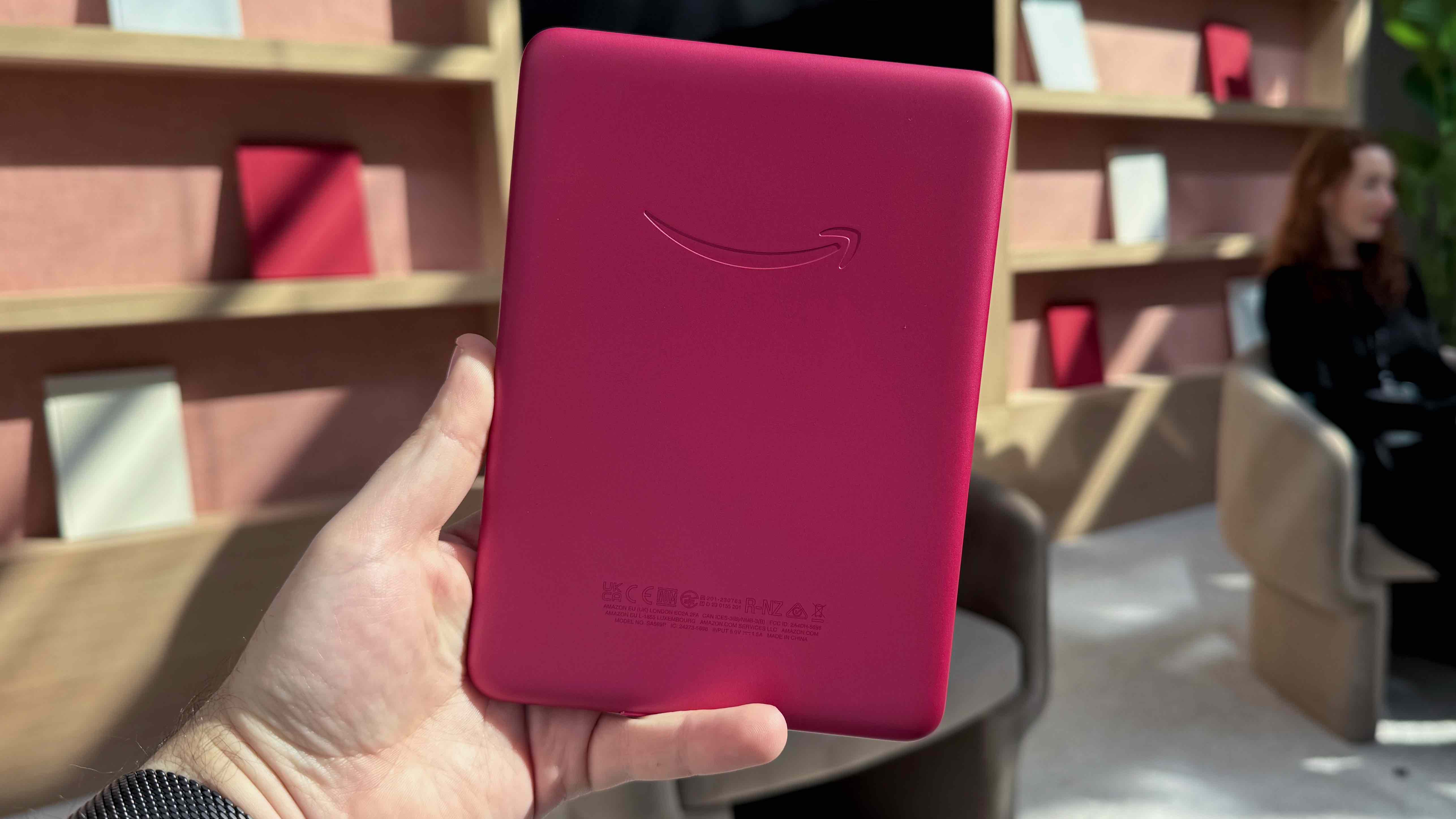
As soon as I lifted up the new Kindle Paperwhite Signature Edition – technically now the 12th generation – it was clear that Amazon has focused on refining an already successful model. It’s the most popular e-reader in the Kindle lineup, and the one we’ve recommended for most people, at least with the last generation.
It’s still very comfortable to hold with just a hand, and while the back is more reflective on the Signature Edition, it’s still easy to get a grip. Amazon says the Paperwhite weighs in at just 211 grams, which is a good bit under half a pound at just 0.47lbs or 7.5oz. I found it easy to navigate the interface with just one hand, though I think most folks will use both. You’ll still turn pages, scroll through your library, and adjust settings like font size, brightness, or warmth, by touching the screen.
The thinness here shouldn’t be underestimated either – it’s super portable, and at just 7.8-millimeters thick, which is a small but considerable decrease from the 8.1mm of the previous Paperwhite. Just take a look at the photos; it’s thin, and it has a good center of gravity for easily holding it. It’s also still waterproof, so you can safely read in the bathtub or by the pool, and with an anti-reflective coating over the display, it’s easy to see the screen even in bright sunlight.
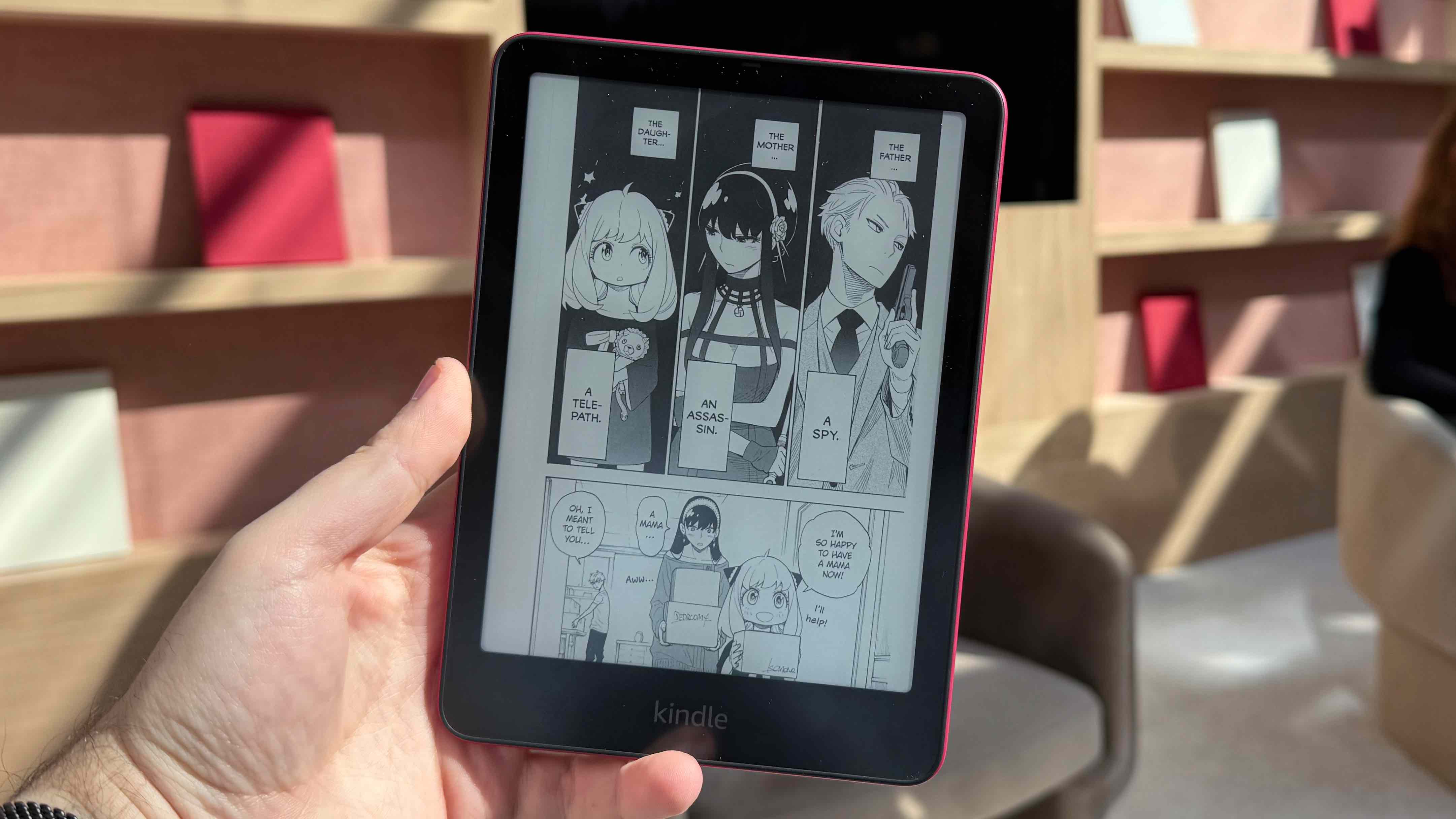
The display here is a bit bigger than on the last-gen Paperwhite, and feels more front and center thanks to thinner bezels all around. It measures 7 inches diagonally, up from 6.8 inches on the previous version, and has 300 pixels per inch (ppi) resolution. Amazon says it also boasts a higher contrast rate, making it easier to read displayed text in any lighting.
I found that the text looked plenty inky, and it was easy to make out what was on the page… err, screen. The same goes for scrolling through Manga or a Comic on the Paperwhite; this is still very much a screen that’s easy on the eyes, and it’s even easier if you have the Signature Edition, thanks to its light sensor, it will automatically adjust the brightness and temperature throughout the day for better clarity.
What might be most impressive, though, is the speed, and how close to instant the new Paperwhite feels. Thanks to a new custom processor under the hood and a new Oxide back panel, the Paperwhite can refresh and update the E Ink display in record time. It’s 25% faster – at least what Amazon promises for both models – and it really shows when scrolling through a library or zooming through pages.
The Kindle Paperwhite simply flies. Unless you’re a speed reader, being able to quickly flip pages may not help, but it should make the Kindle Paperwhite feel more like a real book, or faster, since it can update what’s being displayed even quicker. This could make a really big impact, especially if you’re upgrading from an older model.
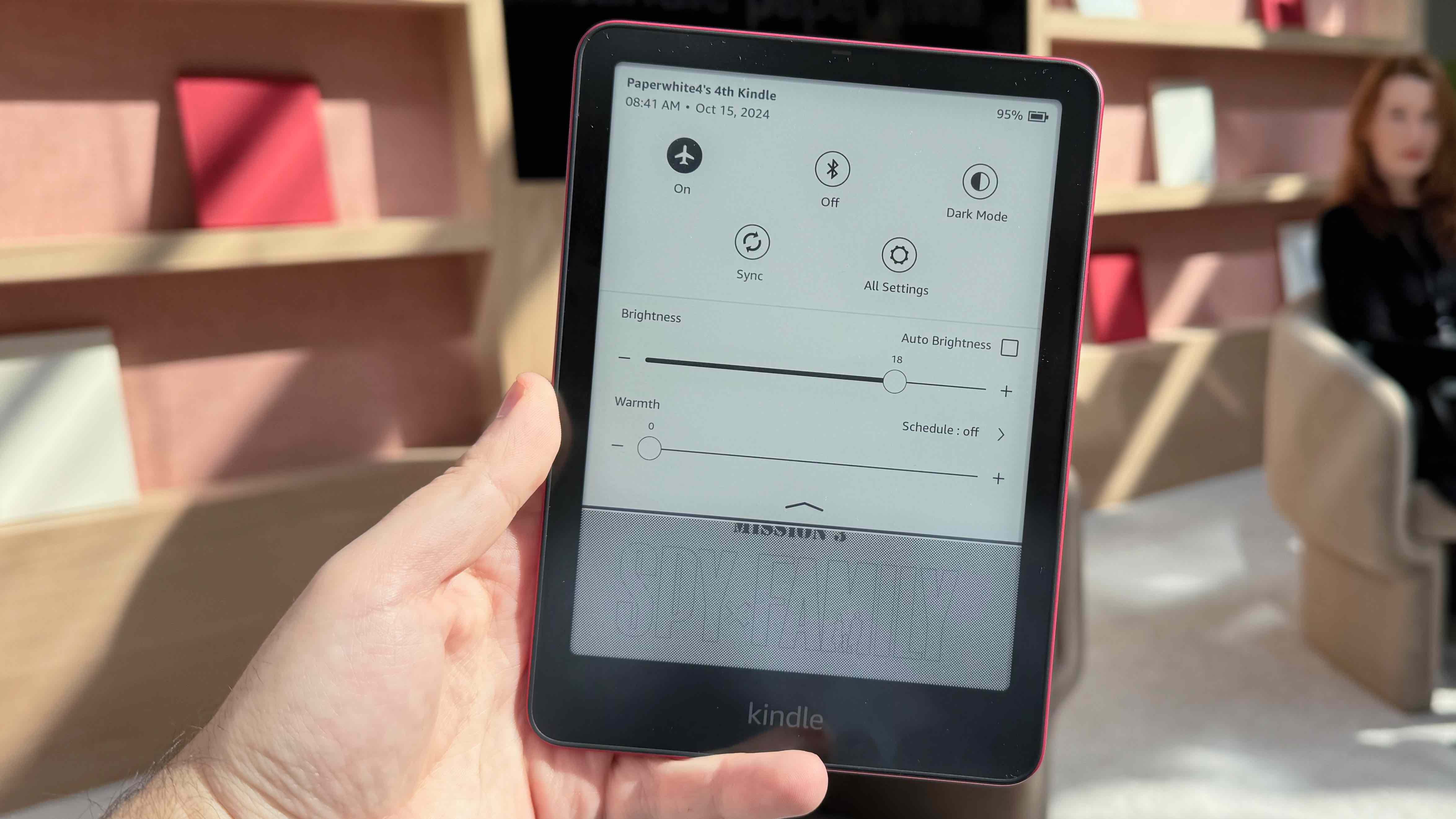
You’ll also have plenty of room to store your books and other documents, with 32GB of storage on the Paperwhite Signature Edition or 16GB on the standard model. Remember, you can offload books to the cloud as well, should you run out of space.
The only physical button for the Kindle Paperwhite still lives on the bottom, slightly off-center to the right, next to the USB-C port. You’ll use this to jump into the Kindle’s interface from the lock screen’s E Ink lock screen or to put the Paperwhite to sleep. The USB-C port may not see much action either, as Amazon promises up to 12 weeks of use on a full charge, and judging by my experience with previous models, it may last even longer, depending on use. This is also an improvement of the previous generation, which topped out at 10 weeks. You can also charge your Kindle wirelessly if you get the Signature Edition, which is convenient as you can simply lay it on a charging pad to ensure it’s always topped off.
All-in-all, with a larger display to let you see more of whatever you might be reading (it’s likely a reread of Born to Run by Bruce Springsteen for me, or diving into The World’s Worst Assistant by Sona Movsesian), an even lighter design that does indeed suggest ‘paper’, faster performance, and even better battery life, there’s a lot to like here.
And at $159.99 / £159.99, or $199.99 / £159.99 with the bells and whistles of the Signature Edition, it’s a bit more than the previous generation, which was $149.99 for the standard and $189.99 for the Signature Edition. We’ll need to spend a bit more time with it, and do some serious reading, but from our early impressions, fans of previous Paperwhites will be happy with the latest one, and those looking for a Kindle that can go anywhere will be equally pleased.

Jacob Krol is the US Managing Editor, News for TechRadar. He’s been writing about technology since he was 14 when he started his own tech blog. Since then Jacob has worked for a plethora of publications including CNN Underscored, TheStreet, Parade, Men’s Journal, Mashable, CNET, and CNBC among others.
He specializes in covering companies like Apple, Samsung, and Google and going hands-on with mobile devices, smart home gadgets, TVs, and wearables. In his spare time, you can find Jacob listening to Bruce Springsteen, building a Lego set, or binge-watching the latest from Disney, Marvel, or Star Wars.
What is a hands on review?
Hands on reviews’ are a journalist’s first impressions of a piece of kit based on spending some time with it. It may be just a few moments, or a few hours. The important thing is we have been able to play with it ourselves and can give you some sense of what it’s like to use, even if it’s only an embryonic view. For more information, see TechRadar’s Reviews Guarantee.

Amazon Kindle (2024): Pushing the basics
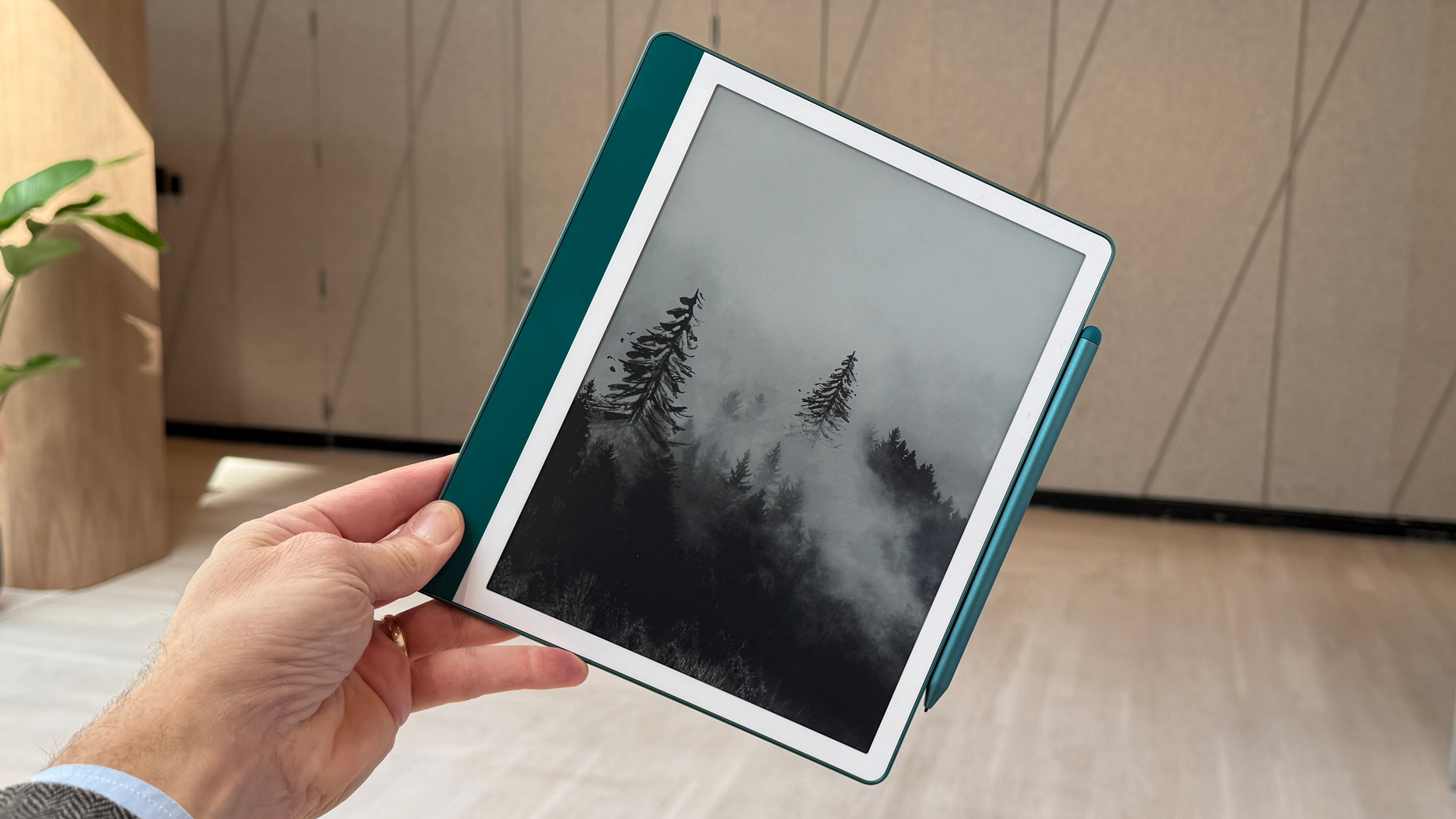
Amazon Kindle Scribe 2024: An excellent 2-in-1 eReader gets annotation and a healthy infusion of AI

Samsung’s Frame TVs now offer art from MoMA, and it looks fantastic
Most Popular

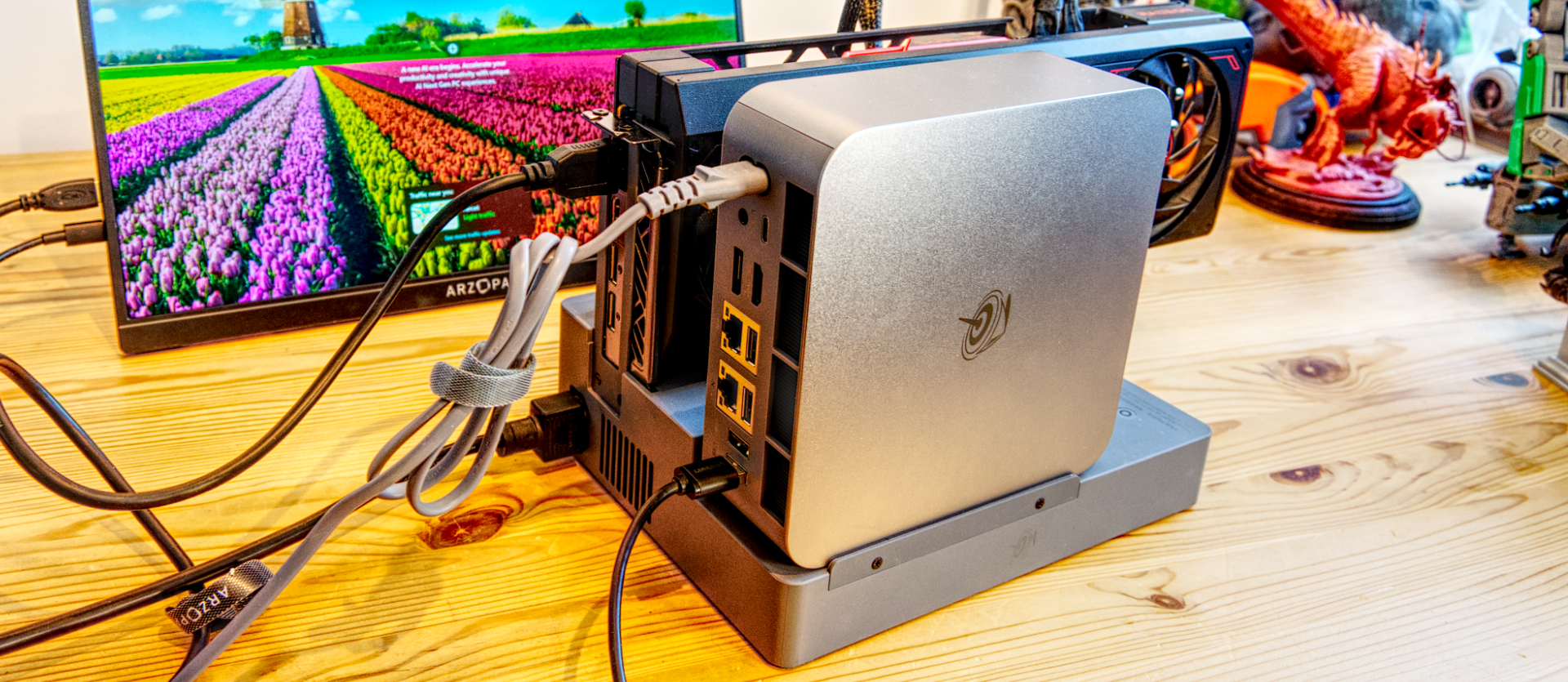
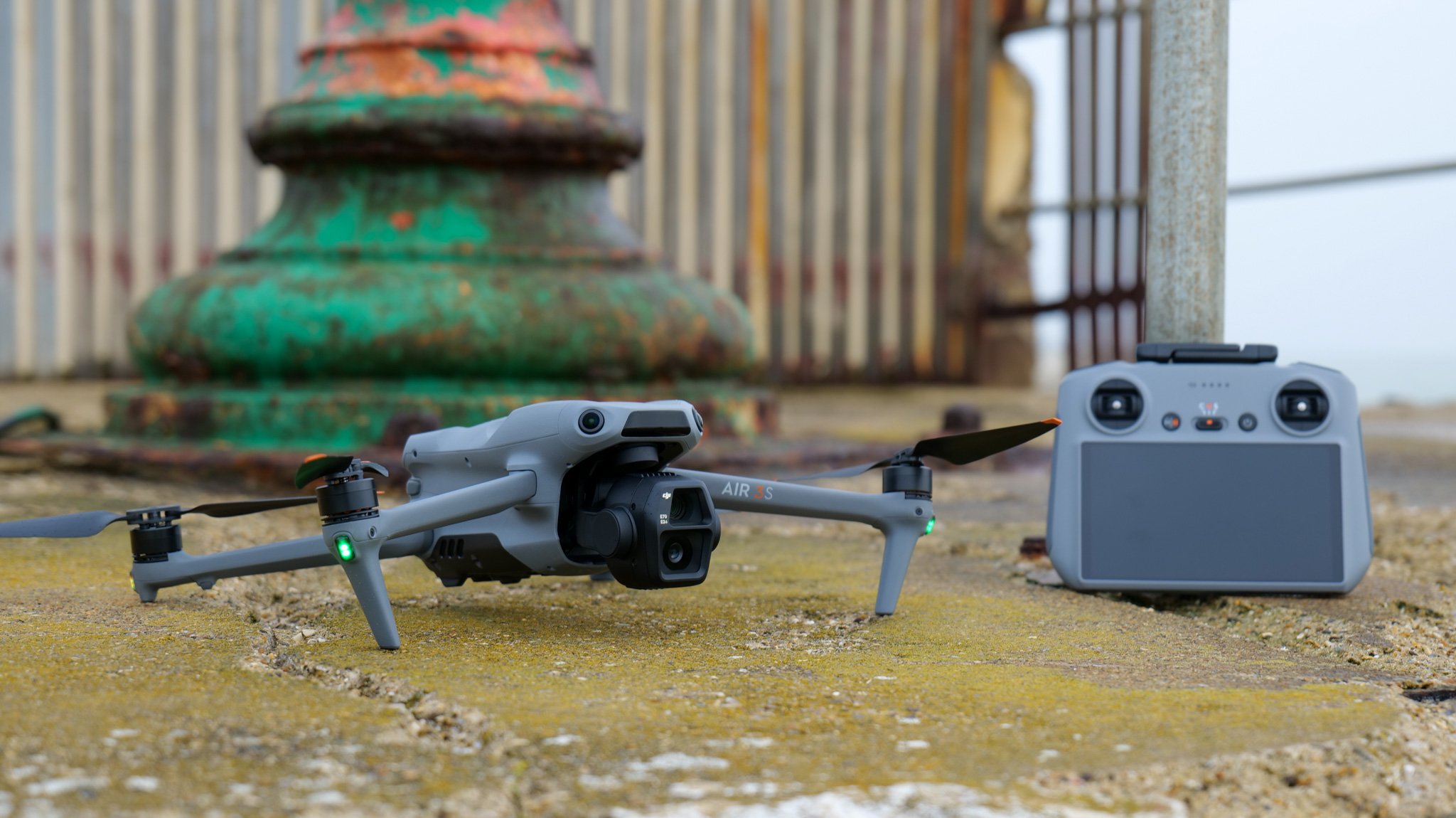


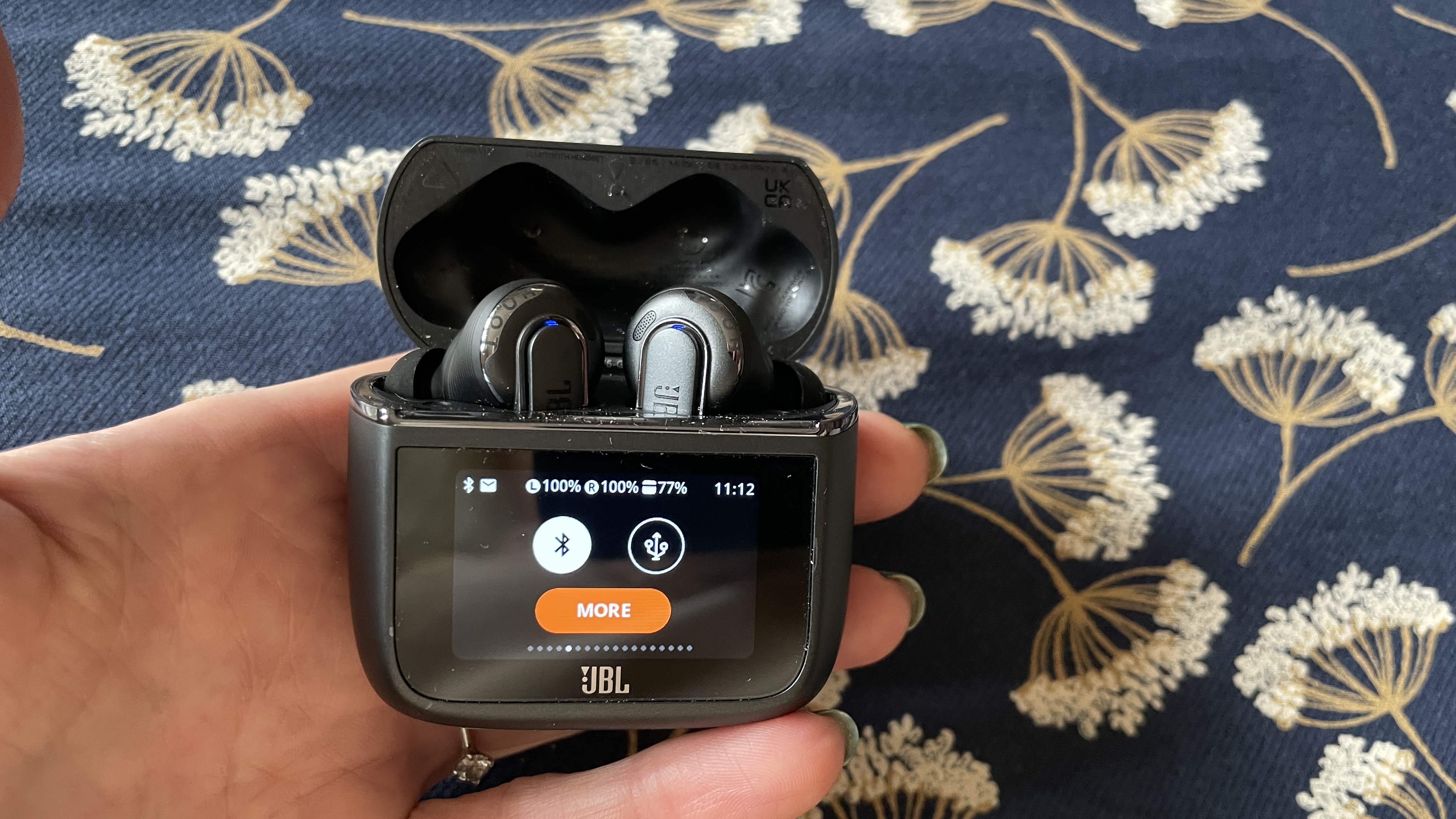

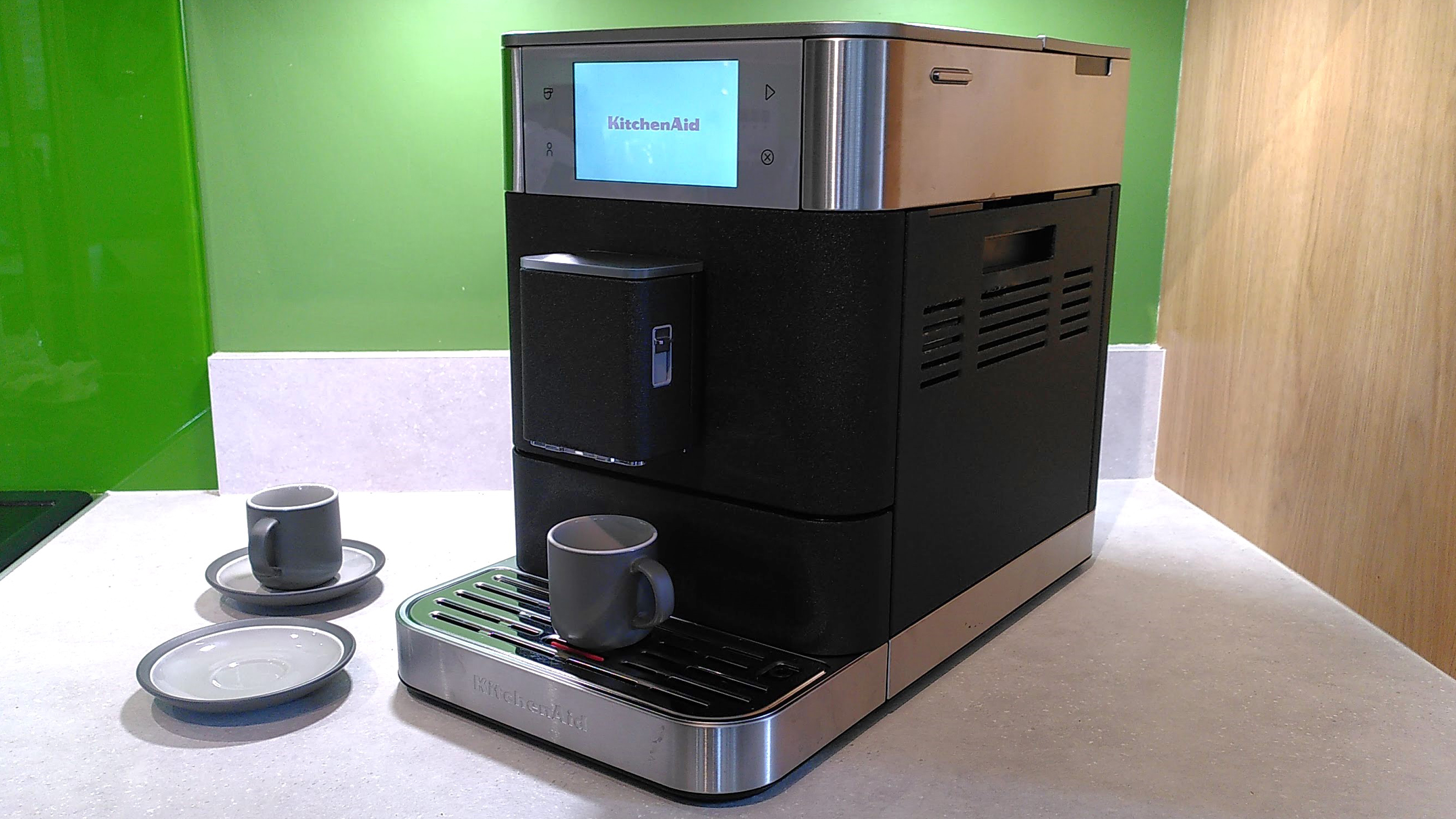
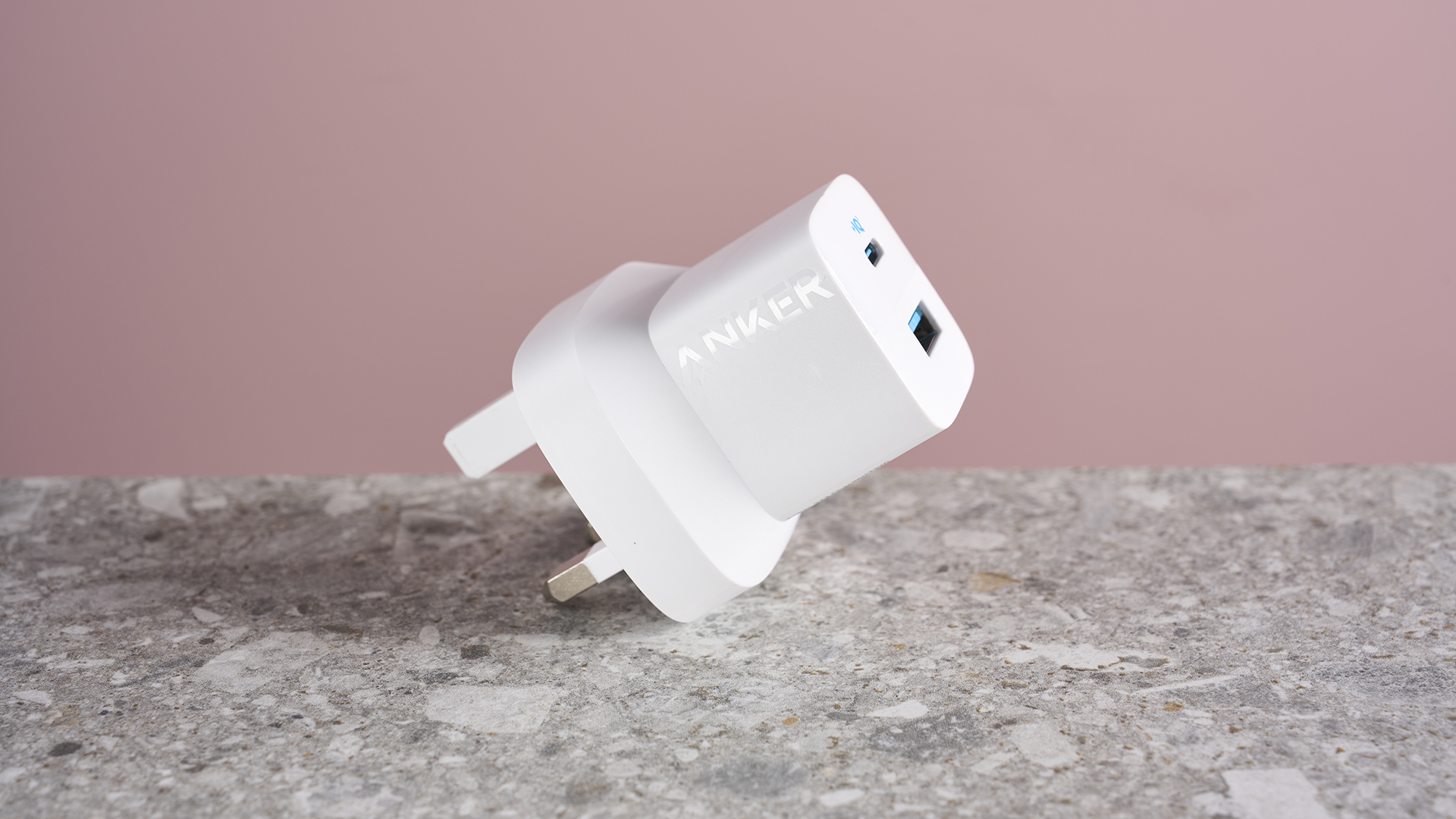
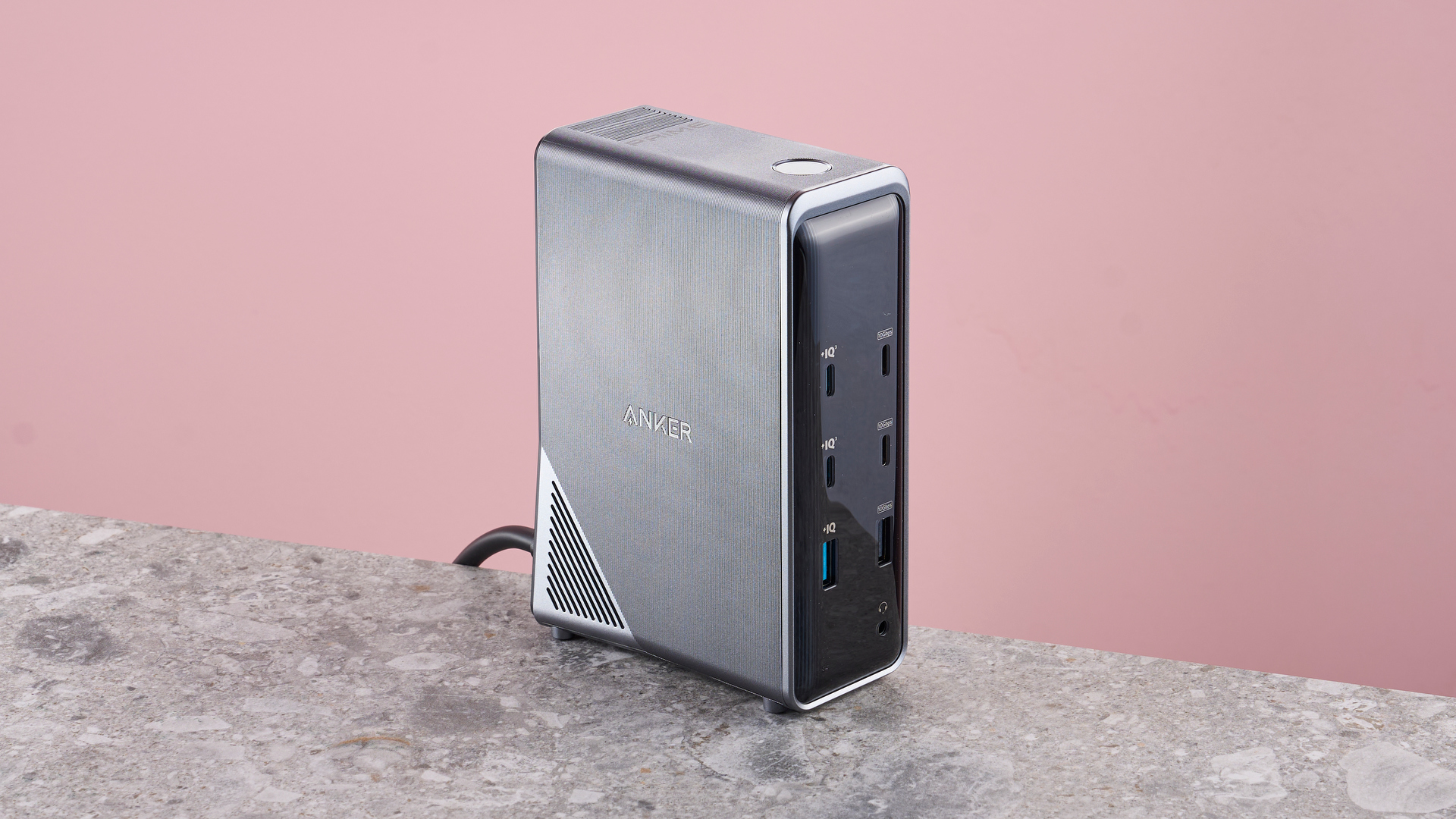
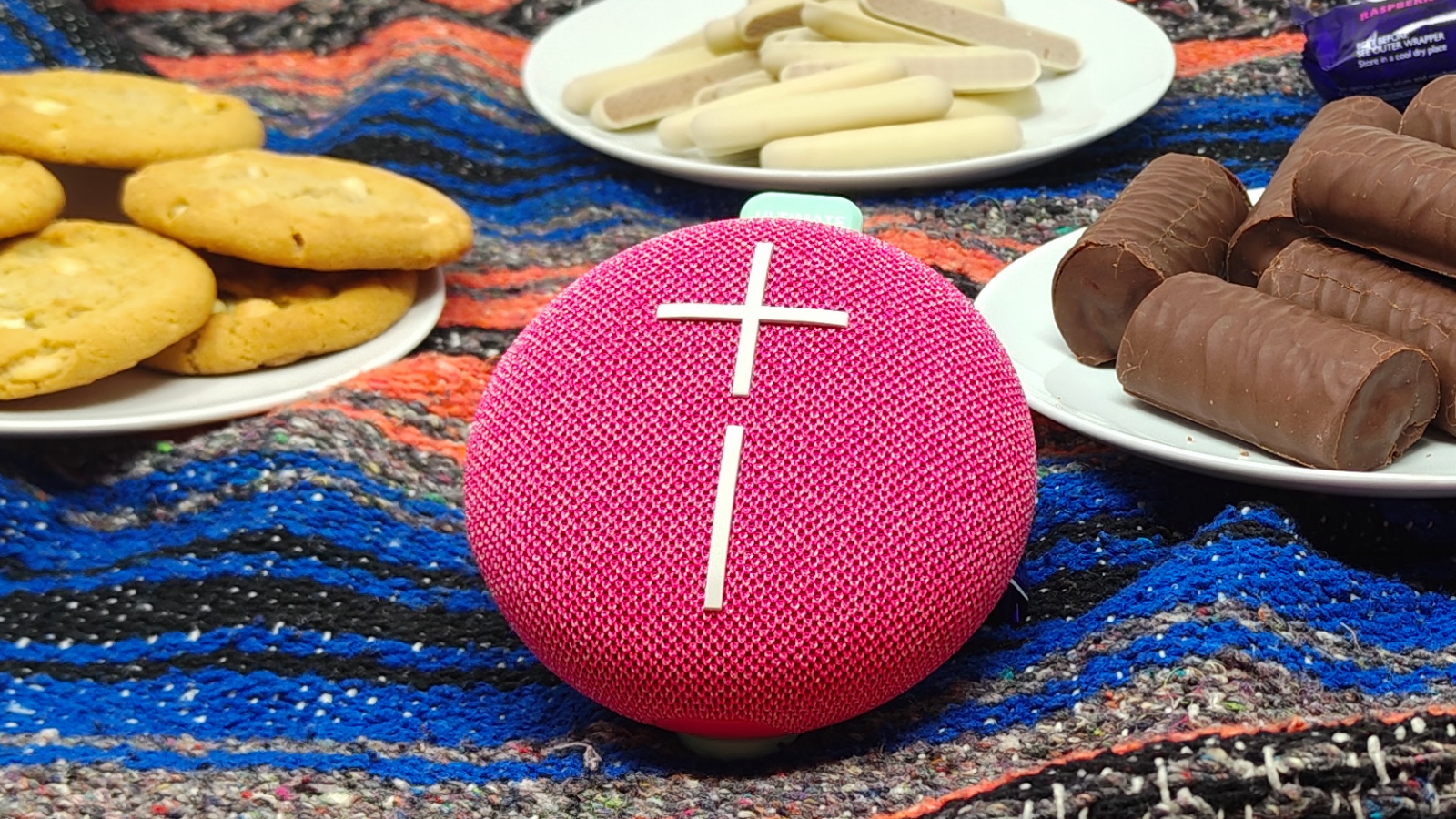
-
 1Samsung’s Frame TVs now offer art from MoMA, and it looks fantastic
1Samsung’s Frame TVs now offer art from MoMA, and it looks fantastic -
2What are the differences between Proton VPN and Proton VPN Free?
-
3Invincible season 3 finally has a release date and teaser trailer – and the Prime Video superhero series won’t be interrupted this time
-
4Alibaba releases new translation-focused AI model for international ecommerce, trade, and everyday life
-
5Apple’s App Store is back to normal after a brief issue with downloading apps



